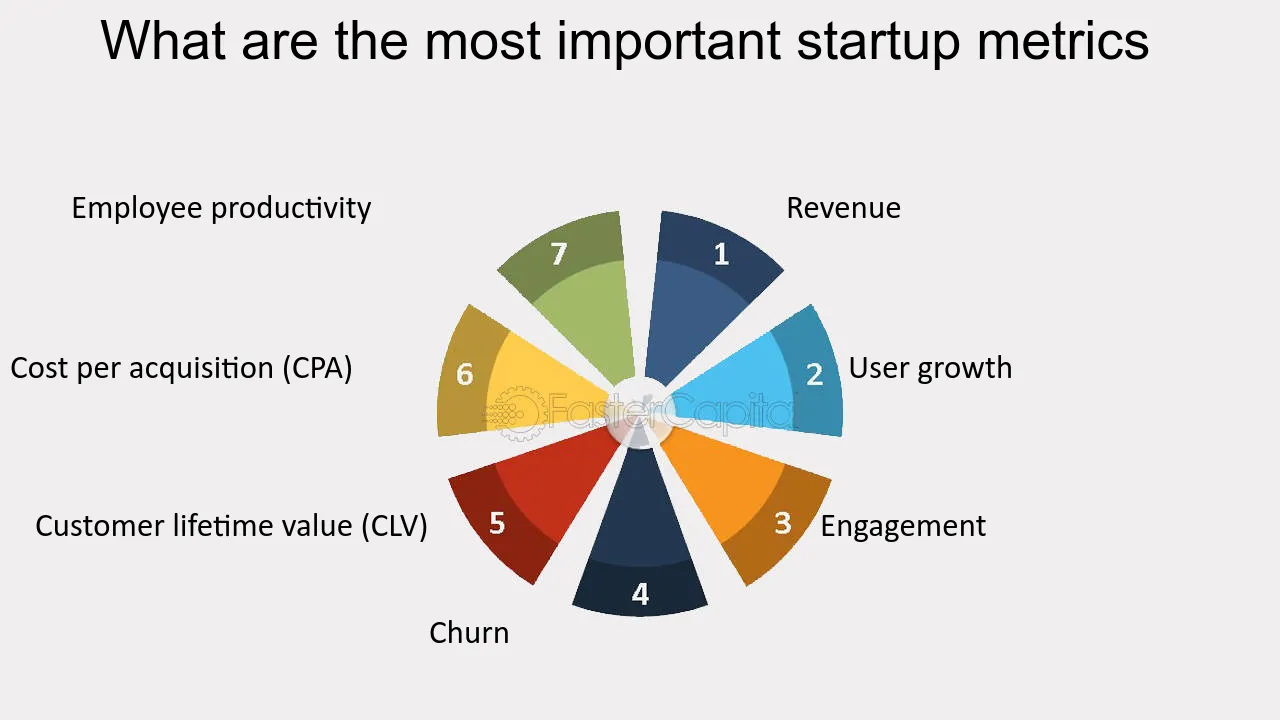Metrics are important for startup growth but do you really know why? – StartupSmart

While Wellington recovered from the previous week’s earthquake amidst a few aftershocks here and there, a stalwart group of souls gathered to listen to people talk about their customer experience adventures at the Customer Experience Excellence NZ conference.
I was the chairperson for the group and lots of great blog fodder emerged from the two days.
Some of it will even make it onto this page – starting today with a great question about business measures.
There’s an old cliché: “If you can measure it, you can manage it”.
The origins of the quote are in question and some say it goes back as far as the 1500s.
Still whatever the origins, organisations remain caught by the heady promise of measurement.
Qualitative and quantitative surveys ping pong around with startling frequency and as a customer you can rarely complete a purchase without someone shoving a “would you recommend us” in front of your face.
Metrics and measures are useful, even essential.
When done with a conscious and deliberate intent and acted on, surveys and other tools to measure performance, engagement, experience and all manner of other things, can drive you to improve what you do and how you do it.
It’s not the only thing that will do that, but it can help.
However, a great question was raised at the conference, one that aligns with a favourite refrain of mine: Forget what you’re measuring for a minute.
- Why are you measuring it in the first place?
- What are you looking for it to tell you?
- What are you going to do with the information?
I’m not going to go into the pros and cons of the various metrics and measures out there.
But many are put in place under some guise of best practice (which is really just “most practice”) without first thinking through what you’ll do with what you find.
And unfortunately too often, the answer is nothing, with the information collected and buried in a spreadsheet never to be seen again.
Today there are a proliferation of new platforms and approaches to help you unlock that information and make it more “accessible”.
But unless you’ve answered the why question it won’t help beyond a bit of incremental ease.
So how do you get to that why?
No surprise that it begins with your purpose.
If you can’t draw a line back from what you’re measuring to how it will help you achieve your purpose then there’s probably better ways to spend your time and energy.
For example, maybe you want to know what your customers feel after doing business with you.
After all, without customers you won’t be in business (I use customers here broadly – you might have members or some other kind of customer).
So of course you’d like to know what they think of you.
But why do you want to know?
“Well”, you say, “If we aren’t doing a good job we’d like to know so we can fix it”.
Okay, you are gathering feedback (aka measuring) to find out when you’re not giving them what they expected.
So, is it enough to just know they’re not happy, or would it be more useful to know why they aren’t happy?
And how does that information connect back to what you care about—your purpose.
In his truly terrific article The Power of Catalytic Mechanisms (registration required), author Jim Collins talks about connecting measures from purpose to goals to outcomes.
But the examples don’t rely on some mystery number that requires a report to decode it.
From the article here is a story of measuring because you want the answer, not because someone said you should measure:
“Granite Rock would provide total customer satisfaction and achieve a reputation for service that met or exceeded that of Nordstrom, the upscale department store that is world famous for delighting its customers.
“Not exactly a timid goal for a stodgy, family owned company whose employees are mostly tough, sweaty people operating rock quarries and whose customers – mainly tough, sweaty construction workers and contractors –are not easily dazzled.
“They chose … to implement a radical new policy called “short pay”. The bottom of every Granite Rock invoice reads: “If you are not satisfied for any reason, don’t pay us for it. Simply scratch out the line item, write a brief note about the problem, and return a copy of this invoice along with your check for the balance”.
“Let me be clear about short pay. It is not a refund policy. Customers do not need to return the product. They do not need to call and complain. They have complete discretionary power to decide whether and how much to pay based on their satisfaction level…
“In the years since it was instituted, short pay has had a profound and positive impact on Granite Rock. It serves as a warning system, providing hard-to-ignore feedback about the quality of service and products.
“It impels managers to relentlessly track down the root causes of problems in order to prevent repeated short payments. It signals to employees and customers alike that Granite Rock is dead serious about customer satisfaction in a way that goes far beyond slogans.”
Take a moment and read the last paragraph again.
How do your customer measures measure up to that outcome?
When a deliberate and conscious approach is taken to align what is being measured, from purpose all the way through to the nature of the measure, the resulting alignment provides the definition of results you can use to take action.
To get there you’ve got to be a bit less like everyone else and a bit more like granite rock.
Think beyond the “most practice” programs that everyone is using and find your “us practice”.
And the way you do that is to forget what you’re measuring and begin with why are you measuring it.
See you next week.
Michel is an Independent Brand Thinker and Adviser dedicated to helping organisations make promises they can keep and keep the promises they make – with a strong, resilient organisation as the result. You can find Michel at michelhogan.com or you can follow her on Twitter @michelhogan.
This article was originally published on Smart Company.
Follow StartupSmart on Facebook, Twitter, LinkedIn and iTunes.

